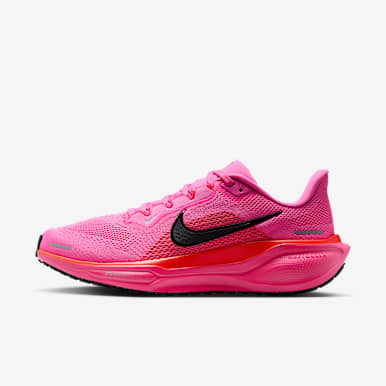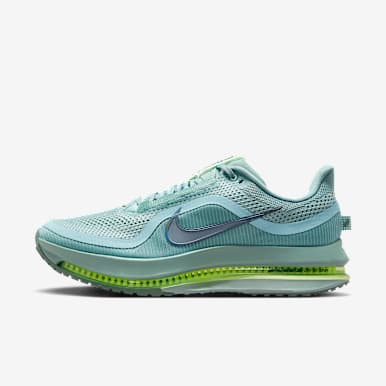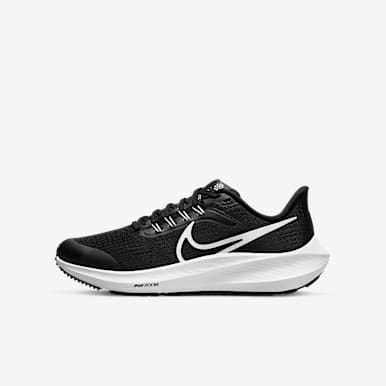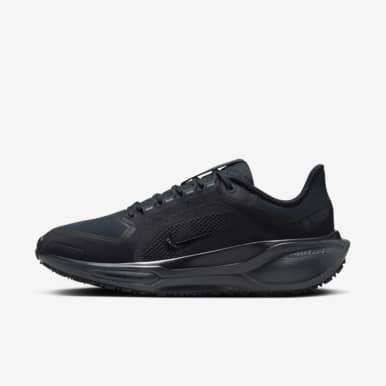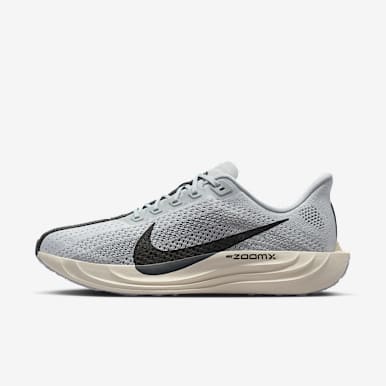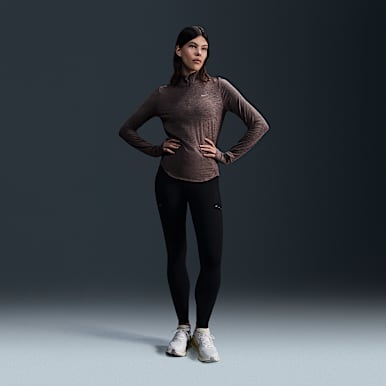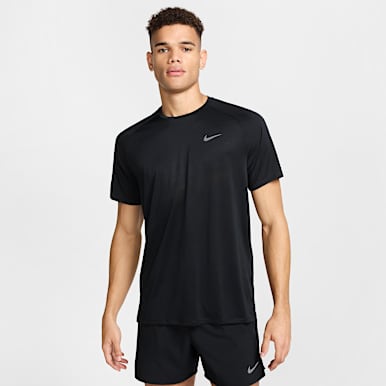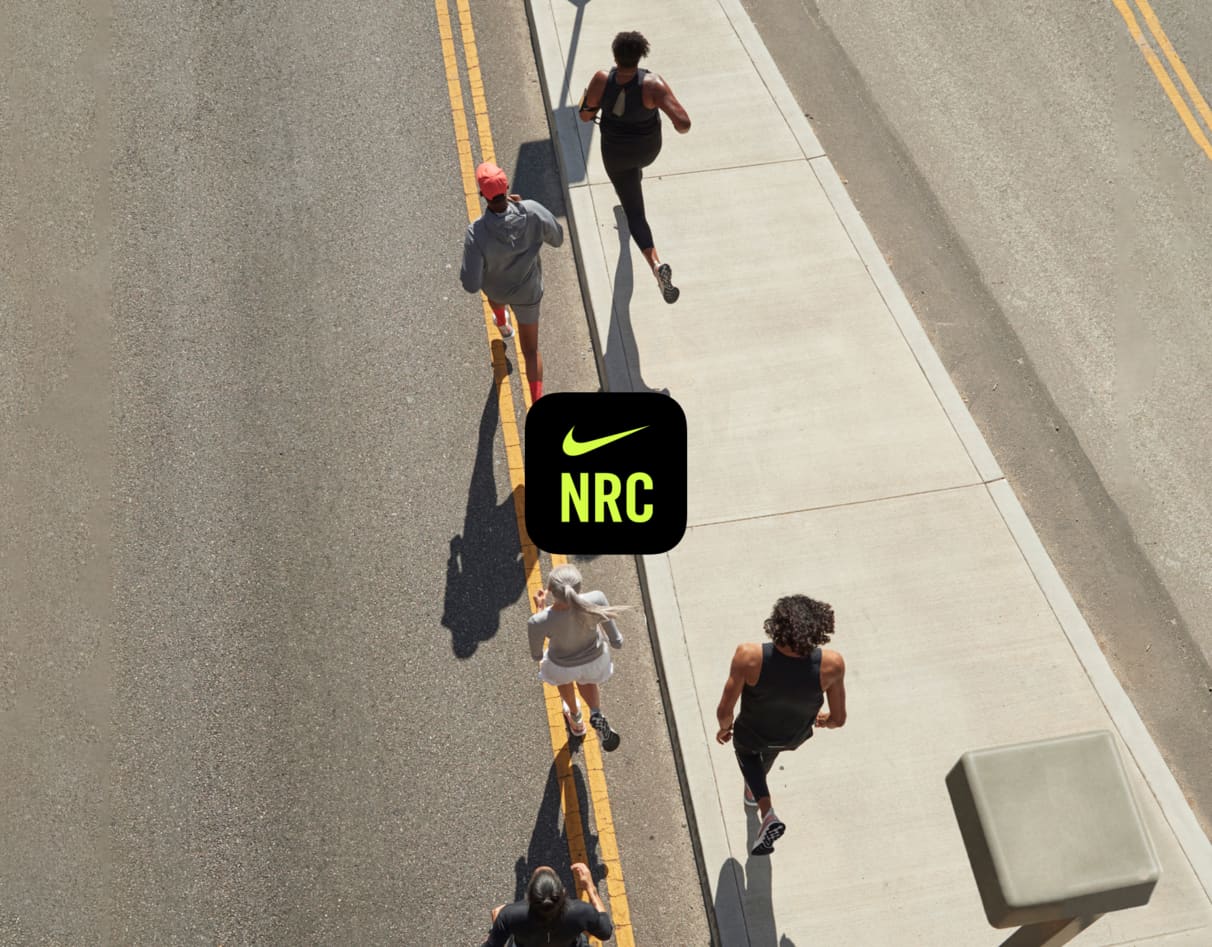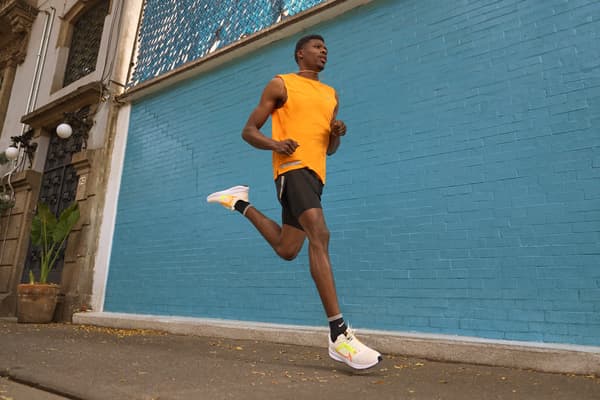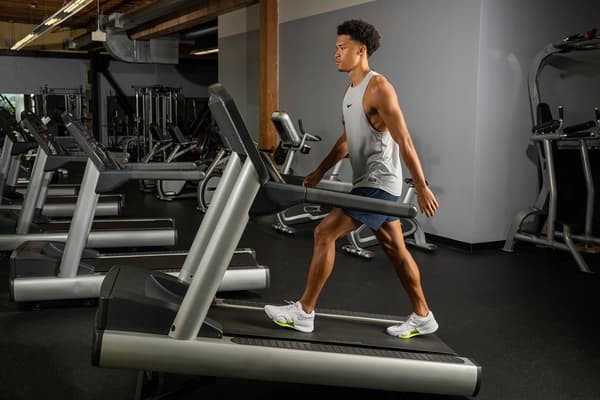5 Coach-approved Tips To Get Better at Running (Yes, Really!)
Sport & Activity
Here's how to break through any plateaus—and keep improving your fitness.
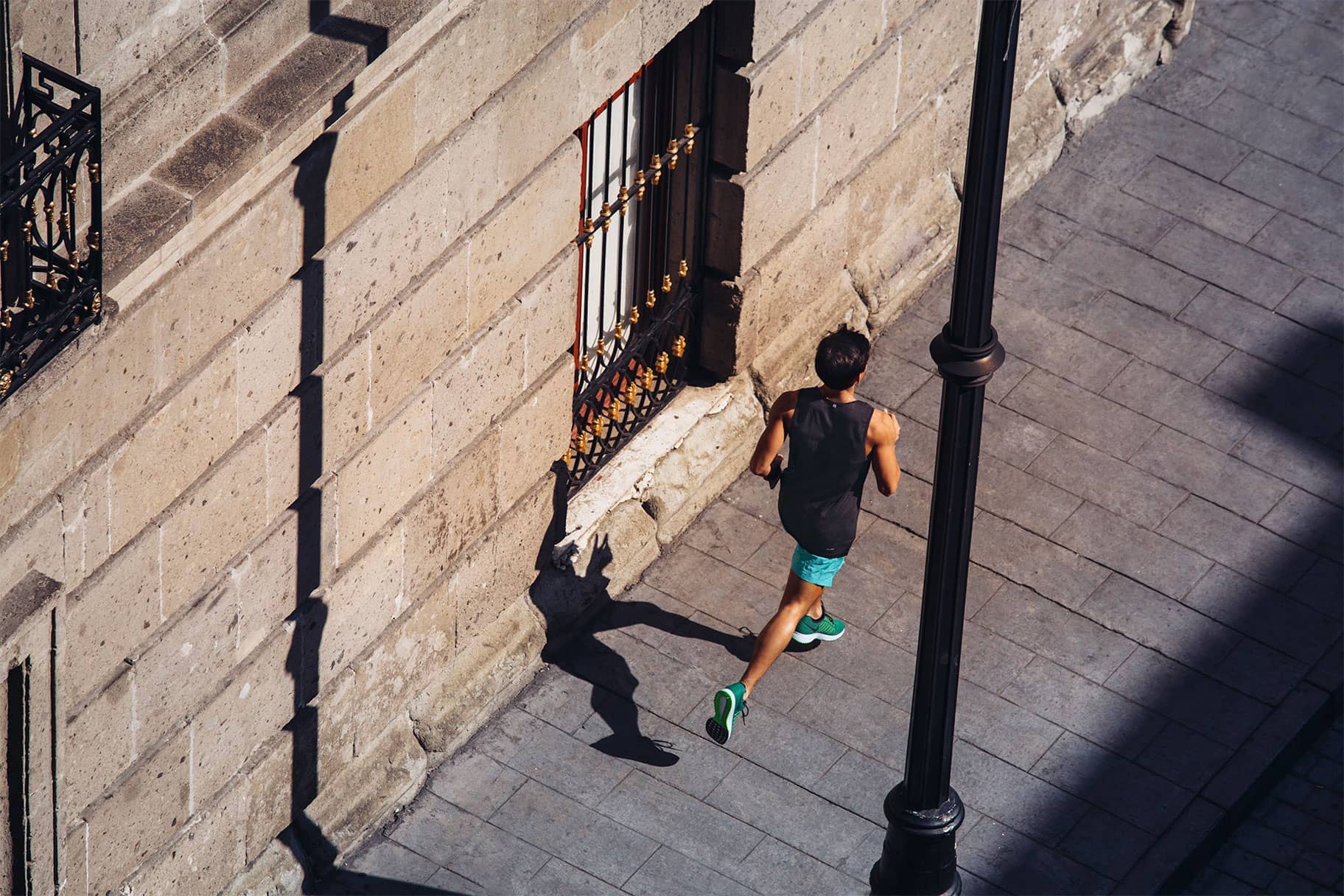
Many runners appreciate getting into a groove, logging the same distance and speed for months (or even years) and there's nothing wrong with embracing that reliability. But if you're feeling like that groove has turned into a rut—or if you are entirely new to running—it may be a good time to change it up and see potential performance boosts as a result.
If you're ready to get started, three certified running coaches offer their best tips.
How to Get Better at Running
1.If you're new to running, focus on consistency first.

Before playing around with variables like speed, intensity and distance, begin with a key element that starts at home: your schedule.
"The most important element of training, especially for newer runners, is consistency", said Paul Warloski, a Milwaukee-based, RRCA-certified running coach. "Get out three to four times a week for 30 minutes and just run, even if you're walking some of the time. That's telling your body it needs to adapt to this change and your body will respond".
Except in the case of injury, think about making your weekly runs non-negotiable and ideally start your runs at the same time on the days you run. That way, both body and mind will learn to anticipate the run and prep for it.
2.Consider strides before sprints.

While sprint workouts have their place—more on that later—going into an all-out sprint may backfire since it can be jarring to the body unless you're conditioned for it, said Whitney Heins, a Knoxville, Tennessee-based, VDOT-certified running coach and founder of The Mother Runners. As a way to work towards that, do strides instead, she said.
These are gradual accelerations over the course of 20 to 30 seconds, until you crest briefly at your top speed and then decelerate for another 30 seconds back to your normal running speed. Doing a couple of these during a run, even just a few times a week, can have a profound impact on your fitness, Heins said.
"Strides make a difference by improving your neuromuscular fitness", she said. "When your brain tells your muscles to move, your muscles learn how to do it in the most energy-efficient way possible. The goal with strides is to improve neuromuscular fitness rather than cardiovascular fitness".
Most of all, they're beneficial for being easier on the body than sprints, she said, while you're still getting the additional stress that strengthens your bones, tendons, muscles and joints.
"Plus, because it's gradual, you focus on good form and don't [get] tired as fast", she said. "That's important because when you [feel] fatigued, you get sloppy on your form and that's when injuries can happen".
RELATED: How to Find Your Optimal Running Cadence, According to Experts
3.Try hill repeats.

Even if the majority of your training runs are done on flat, level ground, that doesn't mean your races will always be that way. Also, even if you don't race, learning to run hills can give you boosts in power, stride and endurance, said New York-based, RRCA-certified running coach Lawrence Shum.
"Hill training is never easy, but by doing repeats, the body learns to lengthen its stride and move in a more dynamic way", he said. "It's especially beneficial if you're racing on a hilly course that has a lot of elevation changes. This training will get your body prepared for those hills much better".
Unlike strides, which can be peppered into an everyday run at random, hill repeats tend to be best when you set aside time to do them effectively, he said. That might even mean replacing one of your regular runs with a hill repeats session.
A typical hill workout will be to run up a hill at a moderate pace—about seven on a perceived rate of exertion, or PRE, where 10 is your maximum effort—and then come down easy, at about a four on the PRE scale, as your recovery time. Then repeat six to eight times, Shum said.
Once you get the knack of hill repeats, you can change it up by doing ladder-ups, he said. That means your first run up the hill will be a six PRE, followed by seven on the next run up, then eight, nine and back down to an eight, seven and six. This helps you play around with intensity and you'll get a better understanding of how cranking up your PRE affects your form and stride, he said.
"A common misconception is that you can learn to run hills just by running on hilly terrain, without a specific training plan", he said. "That does help but doing hill training will benefit you more because it's highly focused".
4.Incorporate speed play.

Here's where the sprinting comes in but in a more enjoyable way because you get to use the fun Swedish word, Fartlek. This is a form of unstructured speed work where you mix periods of moderate-paced running with brief, all-out sprints that tend to use time or landmarks. For example, an easy jog can be interspersed with sprinting to the next tree or stop sign, then back to a regular pace.
"This is a fun and weird workout", Shum said. "Basically, you're putting an interval workout into a run and you can modify it however you want".
For example, you might have three minutes of running then one minute of sprinting, repeated for 10 minutes or 10 miles, or anything in between. You can ladder this as well, similar to hill repeats, where you have five seconds "on" for sprinting, then 10, 20, 30, 20, 10, 5 with moderate-paced running between those sprints.
Another major bonus is that this helps break up a longer run that might be feeling monotonous otherwise. And if you're running with a friend or running group, Fartlek training can create mini races inside an otherwise standard training run.
5.Don't forget cross-training.

Even if running is your passion, doing only one type of activity can come with a higher injury risk. That's where overuse issues come in and research suggests that's especially the case with knee and ankle problems, as well as tendon sprains and stress fractures. To get better at running while reducing injury risk, it's important to add other activities into your week.
RELATED: What Are the Benefits of Swimming?
"Cross-training is my favourite tip for improving your running because it works similar muscles that you use for running but doesn't put repetitive stress on them in the same way", Shum said. "The best example is cycling. Both exercises work your quads and calves but they're targeted differently because of how your foot works in relation to the rest of your leg".
Also, cross-training can encompass a wide range of activities, including strength training, yoga, dancing, swimming and anything else that gets you into a different range of motion. "The more variety you include in your fitness mix, the better your running will be", he said.
Words by Elizabeth Millard
